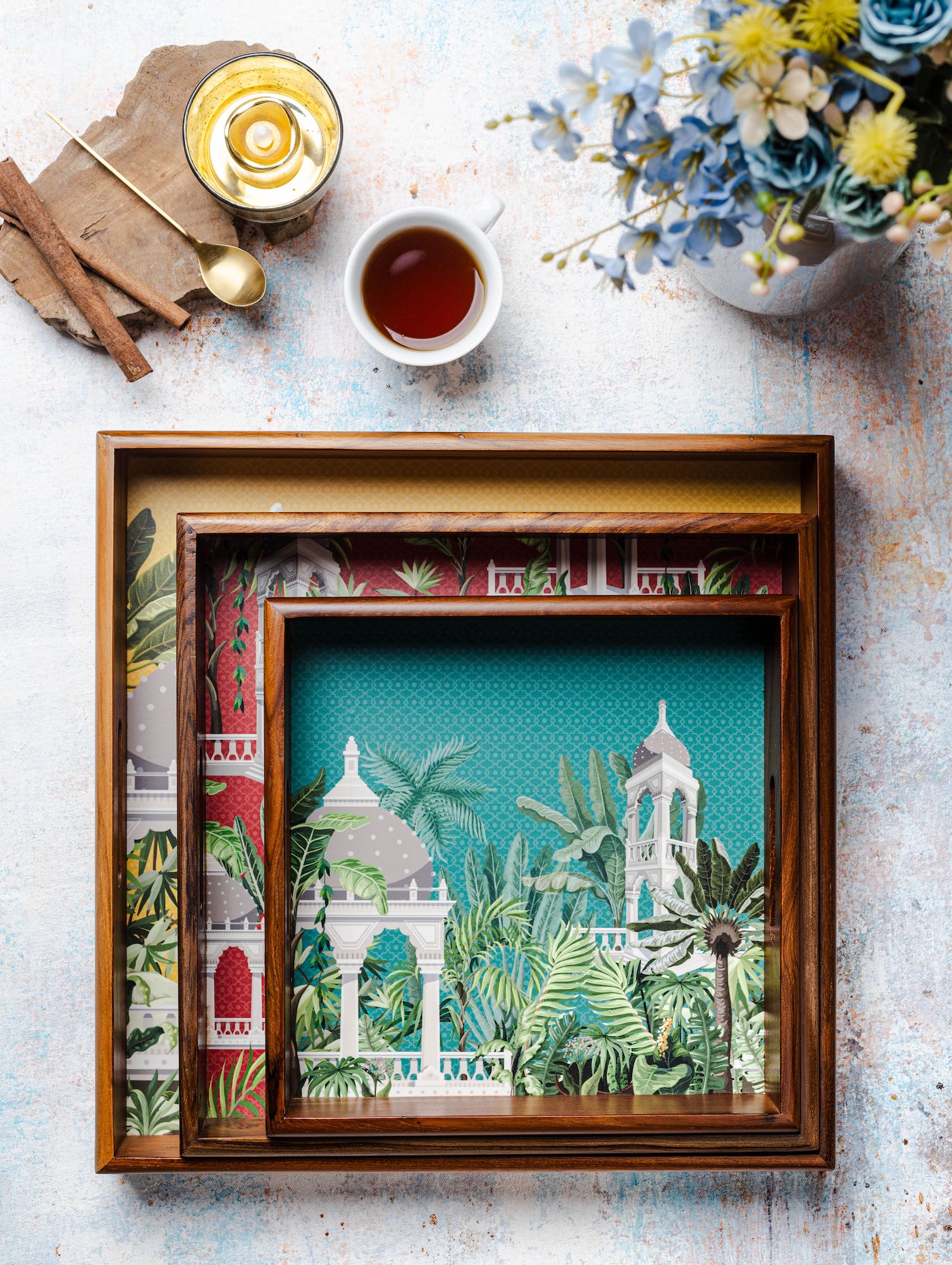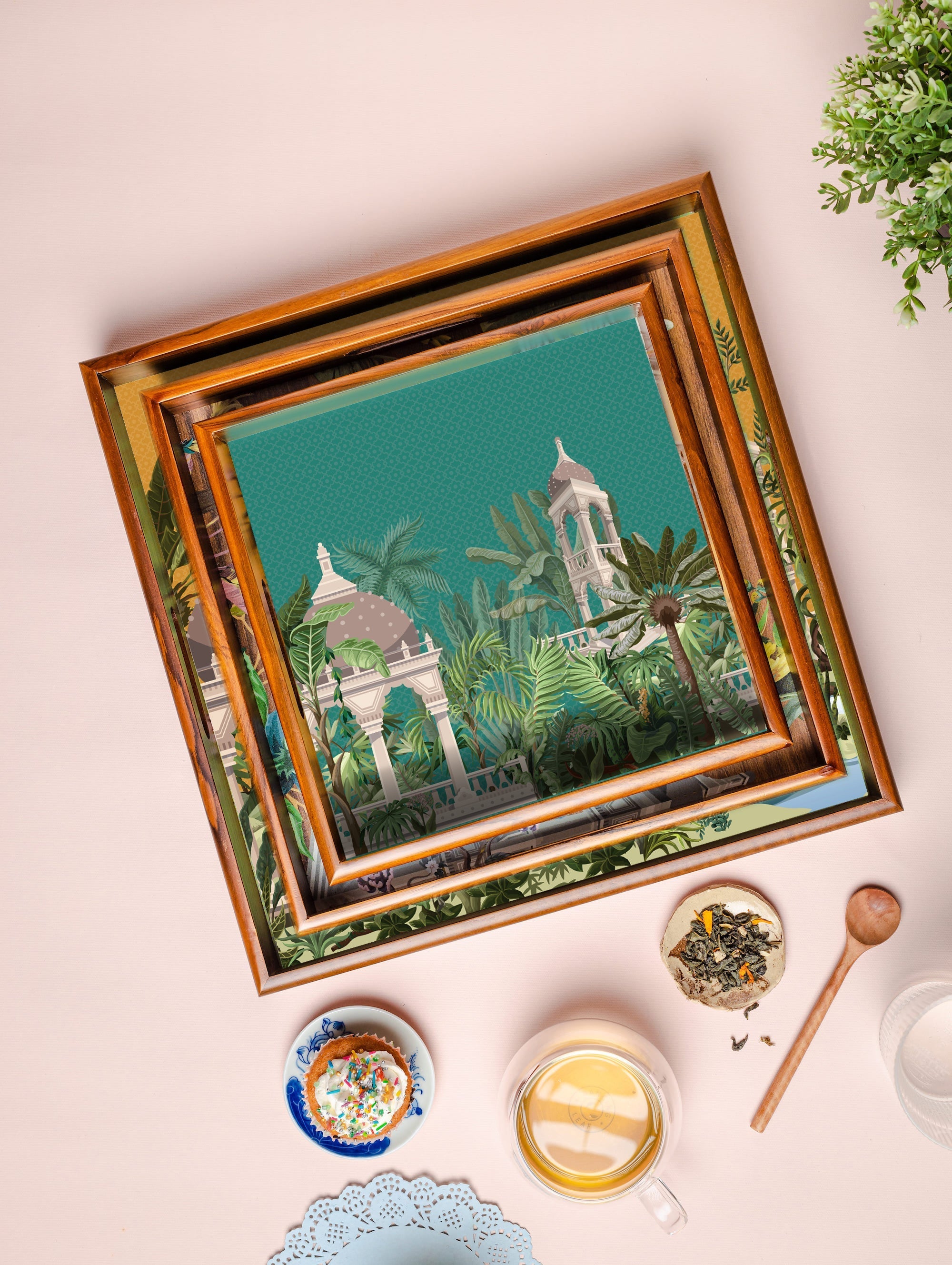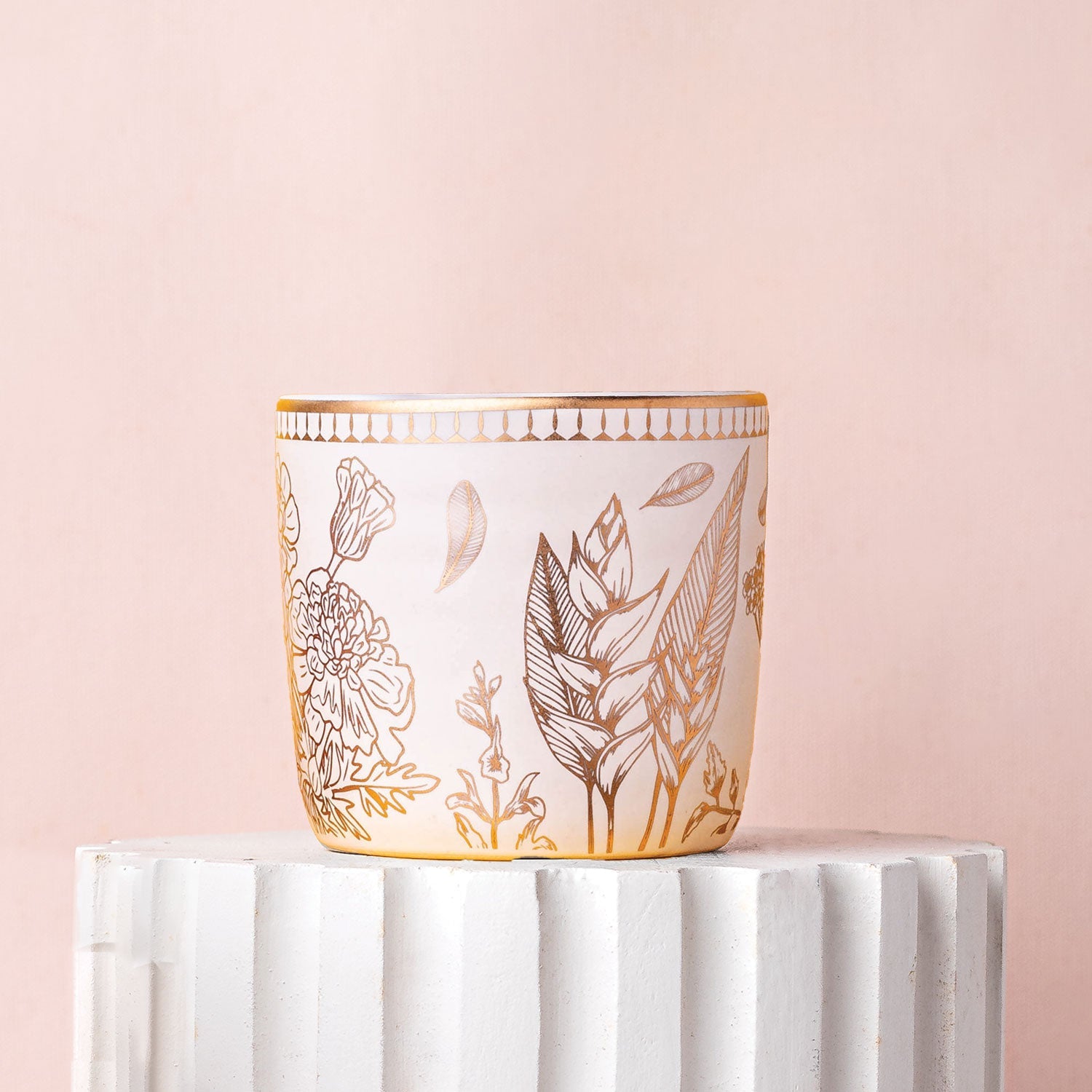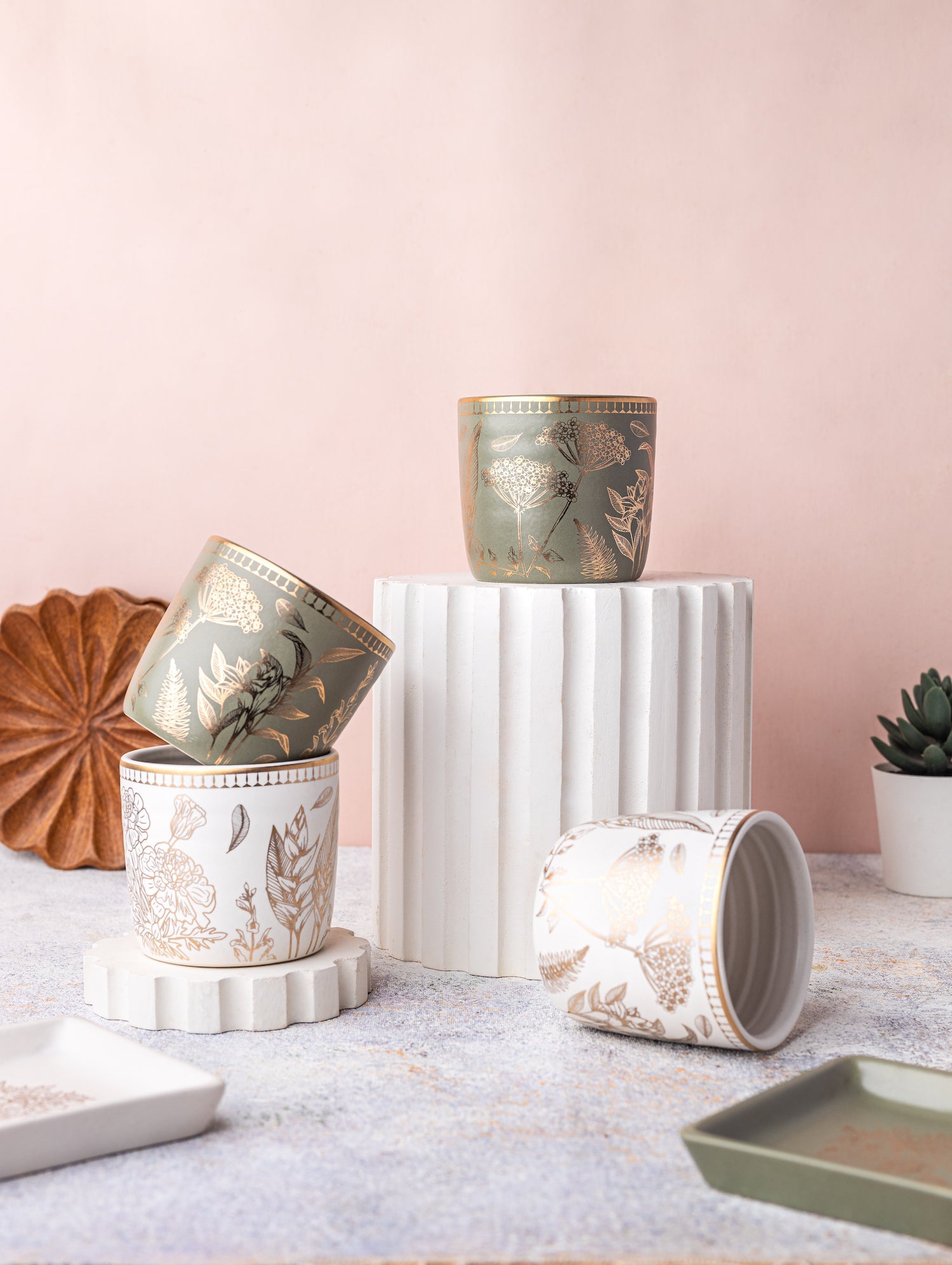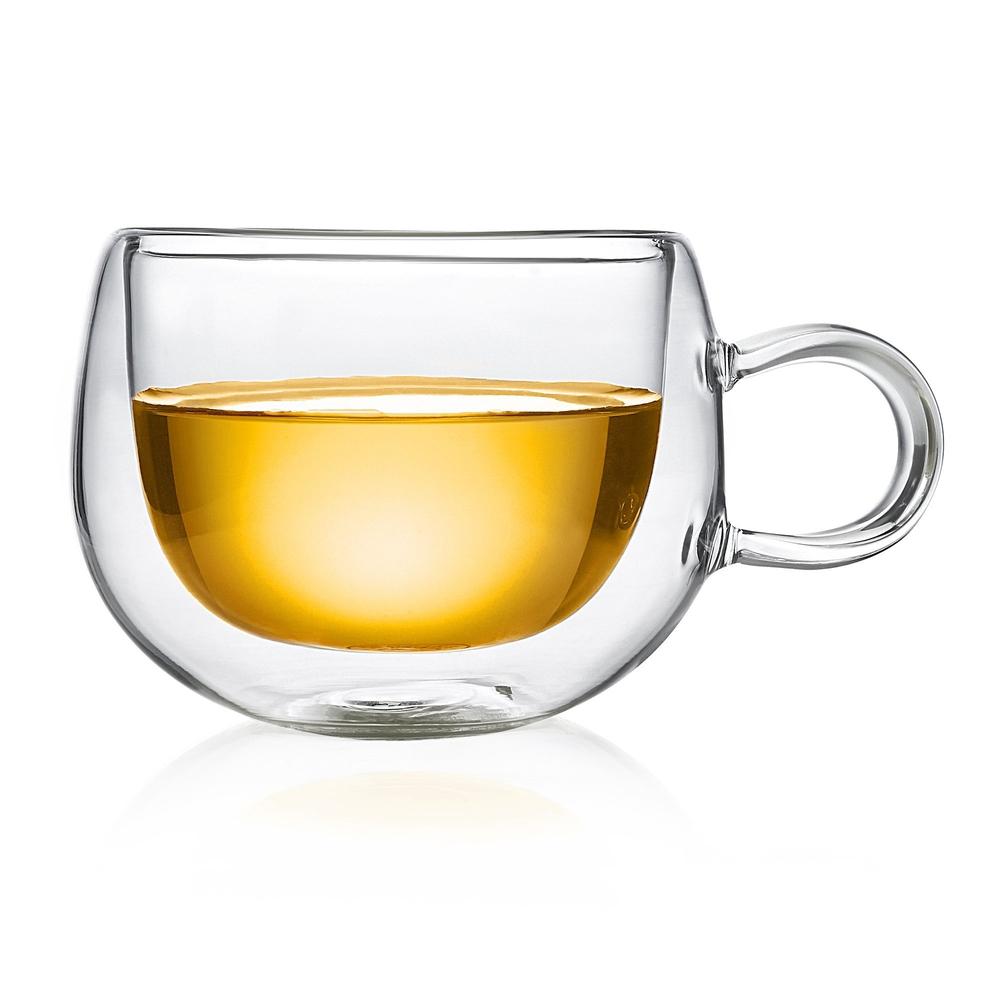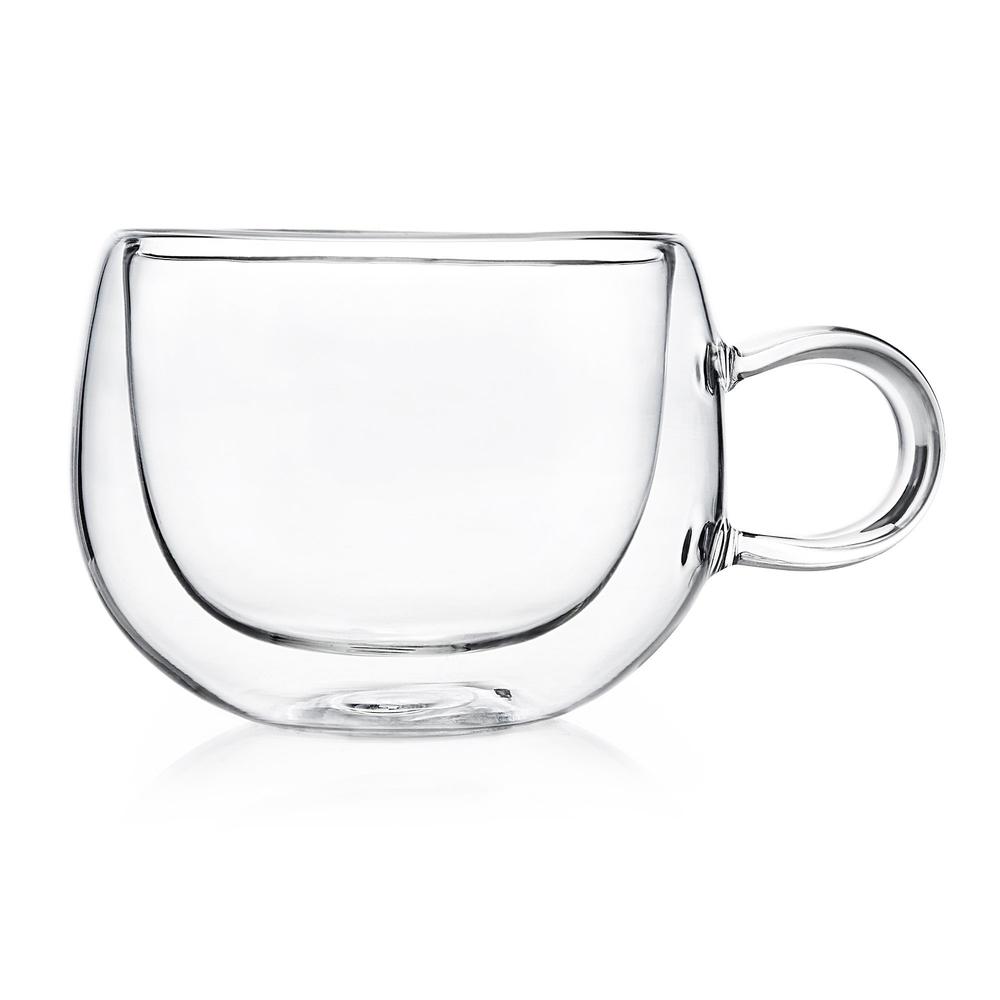Types of Tea

The genesis of Tea can be traced back to the leaves of the Camellia sinensis plant. All types of tea are simply produced by tinkering with the chemistry and shape by processing or manufacture. There are 5 basic types of tea processing; plucking, withering, rolling, oxidising and drying. The essential ingredient which distinguishes each category of Tea is the process of oxidising. When the enzymes of the tea leaf mingle with oxygen, the cell walls are shattered and this leads to oxidation. This process can be quickened through rolling, cutting or crushing. The natural process is a slower decomposition of the leaf. Adopting which process is a matter of personal choice based on existing scenarios. Fermentation is a commonly used term in the tea industry for oxidation by expert tea professionals.
There are 5 basic types of tea. White, Green, Black, Oolong and Pu’erh.

WHITE TEA is basically unprocessed tea. Born from the fuzzy white down that appears on the recently born, unopened buds on the tea bush. White tea is meant to be plainly plucked and left to wither in its natural state. If the weather is playing truant one can put the leaves in a gentle tumble drier on minimum heat to aid the process. The leaves are not meant to be rolled or shaped in any way. Nature taking its course is essential to the process and it may take a day or two for the tea leaves to dry. Small doses of oxidation naturally occur in this lengthy process but patience has its virtues. White tea leaves produce the most aromatic and flavoursome experiences and is considered a delicacy. The colour of the brew may range from light green to golden.
GREEN TEA is plucked, withered and rolled. During the rolling process no oxidation is meant to take place. It is prevented by the application of heat. Fresh green tea leaves are meant to be steamed or tossed in a hot dry wok at a temperature hot enough to stop the enzymes from browning the leaf. The leaves are shaped by curling with the fingers pressing into the sides of the wok. The leaves are rolled and swirled with artistic ease to conjure various shapes, each with a signature taste. The penultimate process of firing to entirely dry the leaves brings an end to proceedings. Green tea is typically a vibrant green colour or a light yellow colour. The flavour and taste range from pan fired, fresh, toasty depending on the region of cultivation.
BLACK TEA goes through all the five basic stages of processing. The only difference is the tea leaves are left to oxidise completely. The processes are generally not repeated in a single batch . The tea is entirely made in a day from scratch to finish. Black teas are famous for having the most robust flavours and is perhaps the only type of tea to be predominantly consumed with milk and sugar. They also make a wonderful base for iced teas and are hugely popular worldwide. A dark brown or red colour is a sign of a healthy black tea.
OOLONG TEA utilizes all the five basic stages of processing. Rolling and oxidising is done repeatedly. This ambiguous tea category is one of the most time consuming teas to process. Oolong can be accurately described as being in between black and green tea. The teas are oxidised in the range of 8% to 80%. They are roughly judged by the amount of red or brown colour on the leaf during the preparation of the tea. The leaves are rolled and set out to rest and oxidise for a short period of time. The rolling process is repeated and oxidised over and over again. If the sun is not out and the weather is not conducive one can gently heat the leaves to slow the enzymatic reaction. This act is played out over the course of a few days with a keen eye on nourishment and process. The result is an endearing layer of exquisite aroma and flavour. The complex, lengthy flavouring of oolong is a smooth, soft melange of fruity and floral flavours. This rich, delicious brew stands out amongst the crowd leaving a lasting impression on the old and new tea aficionados worldwide.
PU’ERH TEA is the artist in this world of teas. It undergoes a similar process to green tea up till the drying of the leaf. This is where we commence the ageing process as loose leaf tea or stuffed into cakes and beautiful shapes. Pu’erh is essentially fermented tea. Dark ripe Pu’erh or green raw Pu’erh is the two types of tea which can be prepared. The ageing process just like wine can last a few months to several years. Age old, well maintained Pu’erh are known as living teas and artisans enhancing the beauty and taste of the leaf for all to see. The bewitching earthy, musky aroma and rich, silky taste is a thing of beauty.
Herbal teas are popularly referred to as TISANE and have carved a special niche for themselves in the tea world today. The cultural shift around the globe towards a more healthier approach to living has made Tisane an explorative segment in the ever evolving story of tea. The term Herbal tea is slightly misplaced in this context because this is basically an infusion or decoction made from plants apart from the camellia sinensis. Tisanes are caffeine free and can be served in hot or cold variants. The taste is a potent combination of flavour and healing properties.
Types of Tisane
Leaf Tisanes - lemon balm, mint, lemongrass, french verbena
Flower Tisanes - Rose, chamomile, hibiscus, lavender
Bark Tisanes - cinnamon , slippery elm and black cherry bark
Root Tisanes - ginger, echinacea, chicory
Fruit Tisane - Peach , apple, raspberry , blueberry
Seed/ Spice Tisane - cardamom , carraway , fennel
Occasionally tisanes are created from multiple parts of the same plant. Moss, stem or other plant matter are also used from time to time. For example Kombutcha is a symbiotic colony of yeast and bacteria. Tisanes are known to have a number of medicinal properties and often classify as detox teas. The preparation of these teas should either be an infusion or decoction. Pouring boiling hot water on plant matter is the art of steeping, hence the infusion. Decoction is placing plant material in hot water, allowing the gentle release of essential oils and flavour. For these reasons leaf, flower and seed tisanes are generally infusions and bark, root and berry tisanes are decoctions.



